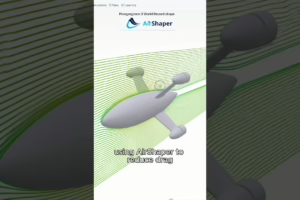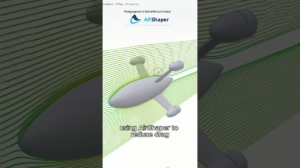Mathematics Unleashed: Creative Solutions for Complex Challenges
In an age defined by rapid technological advancement and complex global challenges, the role of mathematics extends far beyond the classroom. From deciphering intricate patterns in data to crafting algorithms that power our everyday devices, the beauty and utility of mathematics are unleashed in profound ways. This article explores how creative mathematical solutions are addressing some of the world’s most pressing challenges.
The Power of Mathematical Modeling
Mathematical modeling serves as a foundational tool across numerous fields, including economics, biology, and engineering. At its core, it involves constructing abstract representations of real-world systems to predict behaviors and outcomes. For instance, during the COVID-19 pandemic, mathematicians utilized models to simulate virus spread, helping public health officials make informed decisions regarding lockdowns and vaccination strategies. By integrating variables such as transmission rates and population density, these models offered critical insights that saved countless lives.
Case Study: Climate Modeling
One of the most pressing challenges we face today is climate change. Advanced mathematical models analyze climate data to predict future conditions and assess the potential impacts of various interventions. These models incorporate equations governed by fluid dynamics, thermodynamics, and atmospheric science. The results inform policymakers about the effectiveness of renewable energy efforts, carbon capture technologies, and global conservation strategies, showcasing how mathematics serves as a guiding light in environmental stewardship.
Data Science and Predictive Analytics
With the explosion of big data, mathematics has become essential in extracting meaningful insights. Data science employs statistical techniques and machine learning algorithms to analyze vast amounts of data and make predictions.
Bridging Gaps in Healthcare
In healthcare, predictive analytics plays a transformative role. By analyzing patient data, healthcare providers can predict disease outbreaks, optimize treatment protocols, and improve patient outcomes. For example, algorithms analyze historical health data to identify risk factors for conditions like diabetes or heart disease, enabling proactive care and tailored interventions. This data-driven approach not only enhances individual patient care but also contributes to broader public health strategies.
Cryptography: The Language of Security
In our increasingly digital world, the importance of cybersecurity cannot be overstated. Cryptography, the art of encoding information to protect it from unauthorized access, relies heavily on mathematical principles. Techniques such as RSA encryption utilize number theory and prime factorization to safeguard sensitive data, from online transactions to personal communications.
Case Study: Blockchain Technology
Blockchain technology, the backbone of cryptocurrencies, also leverages mathematics for secure transactions. It ensures data integrity through cryptographic hash functions and consensus algorithms, which protect against fraud and unauthorized tampering. As industries explore the potential of blockchain beyond finance—such as in supply chain management and healthcare records—the mathematical principles at play are paving the way for more secure, transparent systems.
Optimization: Finding the Best Solutions
Mathematics excels in optimization, a field dedicated to finding the best solution among numerous possibilities. Whether it’s optimizing delivery routes in logistics, resource allocation in manufacturing, or scheduling in public transportation, mathematical techniques streamline processes and enhance efficiency.
Innovations in Transport
Consider the role of optimization in urban transportation networks. Mathematicians employ algorithms to reduce traffic congestion, identify efficient public transit routes, and improve overall mobility. By analyzing patterns in commuter behavior and traffic flow, cities can implement solutions that minimize delays and environmental impact, transforming urban living.
Bridging Disciplines: Mathematics Meets Art and Philosophy
Mathematics is not confined to utilitarian purposes; it also serves as a bridge to art and philosophy. The beauty of mathematical concepts manifests in artistic creations, from the fractal patterns of natural forms to geometric shapes in architecture. Famous mathematicians such as Leonardo da Vinci and M.C. Escher have showcased how mathematics can inspire creativity.
Philosophical Inquiry
Moreover, mathematics prompts philosophical inquiry about the nature of reality. The study of infinity, for instance, raises questions about existence and perception, sparking discussions that resonate through both mathematical and philosophical communities. This interconnectedness enriches our understanding of both disciplines.
Conclusion: A Brighter Future Through Mathematics
Mathematics, with its unrivaled capacity for abstraction and problem-solving, is truly a powerful tool for navigating the complexities of the modern world. As we face challenges ranging from climate change to technological security, creative mathematical solutions are emerging as vital components in our toolkit.
By fostering interdisciplinary collaboration and encouraging innovative thinking, we can unleash the full potential of mathematics, ensuring it serves as a beacon of hope, creativity, and transformative power in addressing the complex challenges of our time. As we continue to explore the limitless possibilities of mathematics, we find that its applications are not only practical but also deeply enriching, illuminating paths toward a brighter, more informed future.
This article integrates insights from contemporary mathematical discourse and practical applications, ensuring a comprehensive understanding of the significance of mathematics in solving today’s challenges.


























Add Comment